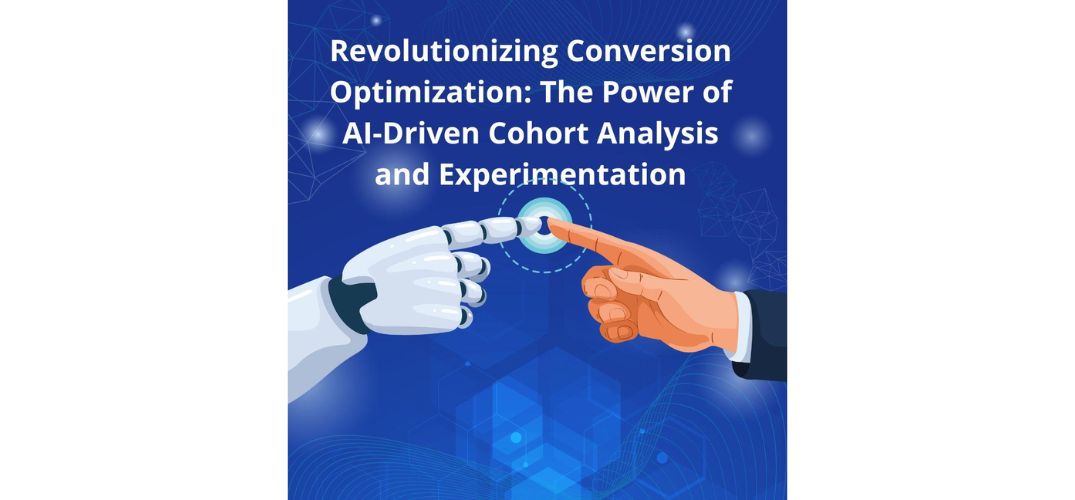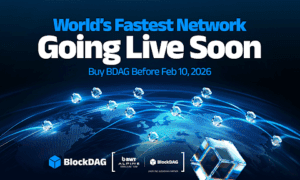In today’s fast-paced digital environment, businesses are under constant pressure to improve conversion rates and create more personalized user experiences. With traditional conversion optimization methods struggling to keep up with evolving expectations, artificial intelligence (AI) emerges as a transformative solution. In this article, we explore how AI-driven cohort analysis and experimentation are changing the landscape of conversion optimization, helping businesses unlock new opportunities for growth. This insight is drawn from Sandeep Kadiyala’s work on the topic.
The Evolution of Conversion Optimization
As digital interactions become more complex, the challenge of converting casual visitors into engaged customers has grown. Traditional conversion strategies, like manual analysis and basic A/B testing, have struggled to maintain effectiveness in an era where user expectations are high and attention spans are short. Recent reports show that conversion rates have been steadily declining across industries, highlighting the need for more advanced approaches to optimization.
Enter AI: Machine learning and advanced analytics provide businesses with the tools to track, analyze, and predict customer behavior with unprecedented accuracy. AI is reshaping cohort analysis, a technique that groups users based on shared characteristics or behaviors, and enhancing experimentation methodologies. This powerful combination not only boosts conversion rates but also creates more efficient marketing strategies.
AI-Enhanced Cohort Analysis: A New Era of Precision
Cohort analysis has always been a foundational technique in understanding user behavior. However, when combined with AI, it shifts from a simple descriptive method to a predictive and prescriptive tool. By using machine learning algorithms, businesses can now uncover hidden patterns and identify high-value customer segments with remarkable speed.
AI-driven cohort analysis allows companies to automatically segment users based on their likelihood to convert, offering insights that would be impossible to derive from manual analysis alone. This dynamic approach enables continuous refinement of customer groups, making it easier for businesses to tailor marketing efforts with a higher degree of precision. In fact, businesses that adopt AI-powered cohort analysis have seen campaign effectiveness increase by more than 40%, significantly improving their ability to target the right users at the right time.
Advanced Experimentation Methodologies: Fast and Accurate
Experimentation is crucial for conversion optimization, providing the framework for testing hypotheses and validating assumptions. Traditionally, businesses relied on A/B testing and multivariate analysis to assess user preferences, but these methods are often time-consuming and limited in scope. AI-driven experimentation, on the other hand, is transforming how experiments are designed and analyzed.
For example, AI-powered Bayesian optimization enables faster decision-making by dynamically adjusting test parameters. This method leads to quicker identification of successful strategies, allowing businesses to fine-tune their approaches and improve user experiences continuously. The result is a 2.7x faster path to statistical significance and a substantial reduction in opportunity costs.
Integrating Cohort Analysis and Experimentation: Synergy at Work
While cohort analysis and experimentation are powerful tools on their own, their true potential is realized when they are integrated into a single, cohesive framework. By combining AI-enhanced cohort analysis with AI-driven experimentation, businesses can create a dynamic system that adapts in real-time to changing user behaviors.
This integration enables businesses to design targeted experiments based on specific customer segments, leading to more effective testing and a higher return on investment. By continuously analyzing user interactions and refining segmentation models, organizations can achieve better-targeted campaigns and more efficient resource allocation. The synergy between cohort analysis and experimentation is creating self-optimizing systems that continuously learn and improve.
Overcoming Implementation Challenges
Despite the clear benefits of AI-driven conversion optimization, many businesses face significant hurdles in implementation. Data quality, technical complexity, and organizational resistance are just a few of the challenges that can hinder the effective deployment of AI technologies. However, businesses can overcome these barriers by investing in data management infrastructure, upskilling internal teams, and fostering a culture of collaboration and innovation.
In conclusion, The future of conversion optimization lies in the integration of AI with cohort analysis and experimentation. By leveraging the power of machine learning, businesses can gain a deeper understanding of customer behavior, predict future actions, and optimize the user experience with unprecedented accuracy. As AI technologies continue to evolve, the opportunities for businesses to gain a competitive edge will only grow.Sandeep Kadiyala’s exploration of AI-driven cohort analysis and experimentation highlights the immense potential of these technologies to revolutionize how businesses approach conversion optimization. As organizations continue to embrace AI, those that can effectively combine these methodologies will be well-positioned for success in an increasingly data-driven world.



































